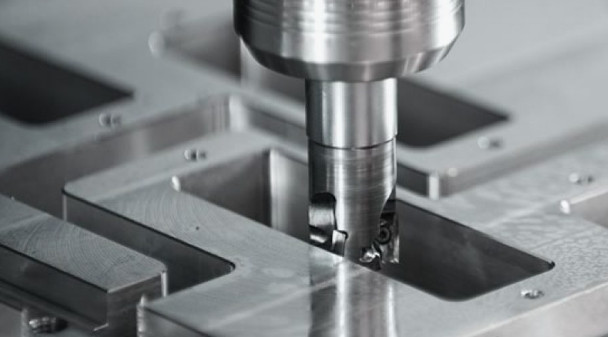The calculation of CNC machining costs is quite complex because it depends on many factors.
All machined parts must be customized according to drawings. Therefore, compared with other
manufacturing methods, CNC machining cost estimation is more complicated. In other words,
there is no fixed standard formula for estimating the cost of machined parts.

Tip 1: Choose Appropriate Raw Materials and Consider Machinability
The selection of raw materials affects costs in two ways: the cost of the material itself and
the machining time. Machinability refers to how easily the material can be cut or processed
to achieve a satisfactory surface finish at a lower cost. The higher the machinability, the
faster the CNC machining speed, thereby reducing costs.
Tip 2: Find Suitable and Efficient Machining Equipment
There are many types of CNC machines available. Using advanced and expensive equipment for
simple parts does not make us the best supplier—it depends on the design of the part. We
should use appropriate equipment to manufacture your parts at a reasonable price. The right
equipment is the best!
The hourly cost of different CNC machines varies according to their capabilities and
efficiency. For example, if a part can be turned on both an automatic lathe and a CNC lathe
while meeting tolerance requirements, the automatic lathe will generally be more cost-effective.
Tip 3: Allow Radii Instead of 90° Corners
CNC milling cutters are cylindrical and produce radii at cavity edges. Achieving a 90° corner
requires extra time and special tools, which increases machining time and cost. If 90° angles
are not functionally necessary, allow radii at internal vertical edges and external vertical slots.
Tip 4: Specify Tolerances Only When Necessary
Manufacturers need tolerances specified in technical drawings. Without tolerances, they will
follow general standards like ISO 2768, which are sufficient for most non-critical features.
For functional or assembly-critical dimensions, specify tolerances as required.
Cost-saving tip: Only specify tolerances when necessary and avoid overusing tight tolerances.
Tip 5: Minimize Deep Cavity Depth
CNC machining is a subtractive process that removes material to achieve the required shape.
Deep cavities require more material removal, increasing machining time and cost. Reduce cavity
depth whenever possible.
Tip 6: Avoid Thin-Wall Designs
Thin walls often occur when holes or threads are close to edges. Thin walls require special
processes, slower machining speeds, and custom fixtures to ensure accuracy. Even then, parts
may deform or be scrapped, increasing costs.
Thicker walls are more stable and cost-effective. Design metal parts with wall thickness ≥0.8 mm,
and plastic parts with wall thickness ≥1.5 mm whenever possible.
Tip 7: Use Standard Hole Sizes and Threads
Standard holes and threads can be quickly machined with standard drills and taps while achieving
good precision. Non-standard sizes require custom tools, increasing costs.
Cost-saving tip: Design holes with standard diameters. For diameters ≤10 mm, use 0.1 mm increments.
For diameters >10 mm, use 0.5 mm increments.
Tip 8: Avoid Multiple Surface Finishes Whenever Possible
Surface finishes improve appearance and prevent corrosion, but they also increase costs,
especially when multiple finishes are applied, particularly locally.
Cost-saving tips:
- Use as-machined surfaces if they meet functional requirements.
- Only apply multiple finishes when absolutely necessary.
Tip 9: Choose Laser Engraving Instead of CNC Engraving
For text or logos, laser engraving is faster and more cost-effective. CNC engraving removes
more material, taking longer and costing more.
Tip 10: Order in Bulk Whenever Possible
For large orders, machine shops can purchase raw materials in bulk at better prices without
worrying about supplier minimum order quantities. Continuous CNC production of the same part
maximizes efficiency and reduces costs.

